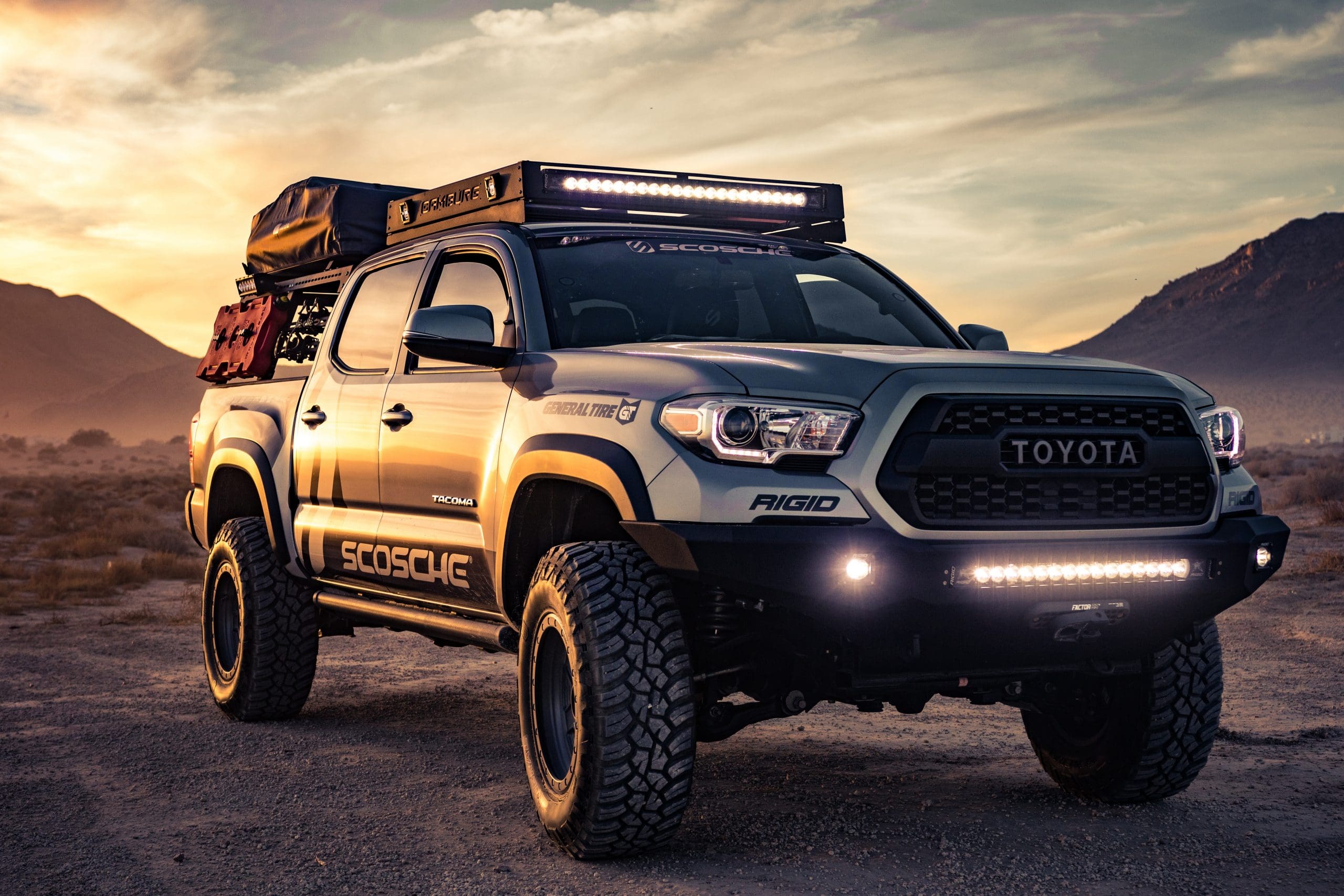Car maintenance involves doing both basic and complex tasks while at home. Some of them may not be doable if you’re not a qualified mechanic. However, there are those that can be done easily to maintain the car’s value and make sure that it stays reliable and safe.
There are various ways to go about maintaining your car. If you have no idea where to start, visiting your local service center would be a great place to get advice. Another method would be to go through your owner’s manual. This is normally a thick book tucked away somewhere in a storage compartment or glove box.
If you can’t find it, car manufacturers normally have a digital version that resides online. The manual contains a maintenance schedule section with intervals for maintenance items. Such items include the engine filter and oil, hoses and belts, brakes, electrical system and so on. This guide will provide easy tips on how to maintain your car, even if you don’t feel like doing it.
Manage Your Car Fluids
- Add more fuel to the reservoirs if need be
If you take a look under your vehicle’s hood, you’ll find reservoirs with four types of fluids. These include brake fluid, windshield washer fluid, power steering fluid and engine coolant. All reservoirs have a ‘fill’ point which is indicated by a line close to the bottom. Add more fluid whenever your remaining fluid drops below the ‘fill’ point. Make sure it reaches the higher line which is known as the ‘full’ point.
Check your owner’s manual to find out if your vehicle requires a specific type of fluid. Sometimes, depending on the car’s model, make, and year, you may be required to adhere to specific requirements to avoid causing damage to the engine. Remember to screw the caps back once you’re done adding more fluid.
- Replace your engine oil after every 3,000 miles
Before draining and changing the remaining oil, refer to your owner’s manual to find the correct oil requirements and capacity for your vehicle. Once you’ve done that, use a jack to lift the car. Place a jar under the oil pan and look for the drain bolt. It’s the only bolt you’ll see screwed to the oil pan. Remove it and allow the oil to flow into the jar.
Find and remove the old oil filter. Place a small amount of oil on your finger and apply it along the seal of the new filter. Install it and screw the drain bolt back to the oil pan. After you’ve identified the right oil for your vehicle, refill your engine up to the correct amount.
- Change the air filter yearly or after every 15,000 miles
The average air filter needs to be replaced after every year or after every 15,000 miles. However, there are some aftermarket variants that can be cleaned manually after use. The air filter is built to prevent debris and sand from reaching the engine. To locate it, look for an intake pipe that leads to the top of your car’s engine. The air box is located right at the end. Open its top by releasing the clips that keep it closed. You will find the filter inside. Remove it and replace it with a new one. Use the clips to close and secure the air box. If you live next to a busy street, you may need to change your filter more often due to excessive dirt.
- Know your vehicle’s octane fuel rating
The octane fuel rating is the measure of how stable the fuel stays under pressure. Forced induction and high compression engines such as supercharged and turbocharged engines normally use fuel with a higher octane rating. If your vehicle requires ‘premium’ fuel, it may indicate so on its instrument cluster. Other times, it may indicated on the fuel cap. If you’re still unsure, consult your owner’s manual. Lower octane fuels can sometimes lead to engine problems.
- Replace the fuel filter after every 40,000 miles
Your vehicle’s fuel filter prevents the sediment and dirt present in your fuel tank from getting to the engine. To replace it, locate the fuel line. It runs from the front of the car to the gas tank. It resembles a cylinder with a nozzle projecting from the front and back. Using a flat head screwdriver, remove the clips retaining the fuel line. Release the brackets that hold the fuel filter to remove it. Install the new one and fix it in place. Re-install the fuel line and secure it using the clips. You can place a jar beneath the cylinder to catch the leaking fuel.
- Clean your coolant system every year
Majority of the vehicles need a 50/50 mixture of coolant and water. Visit your local service or auto parts store to buy a premixed coolant. To flush the coolant system, use a jack to lift the car. Place a jar under the radiator. Open the radiator’s drain plug and let the coolant pour out. Close it and fill the radiator with water. Drain it again. Find the right coolant for your vehicle and refill your radiator. You can confirm from your owner’s manual how much coolant your vehicle needs. Whenever your radiator gets dirty, use radiator bug remover to clean it. Avoid touching it at all to prevent bending the blades or hurting yourself.
Take Care of the Belts, Hoses, and Brakes
- Replace the brake pads after every 20,000 miles
It’s never safe to drive with slippery or failing brakes. If you suspect that your brakes are failing or about to, get your car serviced as soon as possible. You can do it by yourself by jacking up the car and supporting it using jack stands. Loosen the lug nuts that hold your tires in place. Look for a vice-like metallic object clamped on the rotor. This is your brake caliper. Remove the bolts that hold it in place and slide the caliper off. Slide the new brakes onto where the old brakes were. While at it, you can use a C-clamp to keep the piston compressed onto the caliper. Make sure the new caliper is tightly fixed into place. Repeat the process for the other wheels.
- Replace damaged and worn out belts
Your belts need to be checked regularly for signs of wear, rub marks, and cracking. They should also be checked for tension to make sure they haven’t stretched out. If your belt has signs of damage or no longer has tension, replace it immediately. If you would like to do it yourself, loosen the bolts that hold the alternator tightly onto the bracket. If your car is equipped with an auto-tensioner, use a breaker bar to release the tension exerted on the belt. Remove the belt from all the pulleys and replace it with a new one.
- Change damaged or cracked hoses
Open the hood and look for a rubber hose near your engine. Check for signs of damage. If you spot any damages, put a drain pan below it. Start by loosening the clamps that connect the hose using a screwdriver or pliers. This should allow you to remove the hose easily. Carry it to an auto parts store near you to get a replacement. You should be able to find one with the correct diameter and length.
Maintain Your Car’s Electrical System
- Clean battery contacts every year
The contacts that connect the rest of the car to your battery can corrode with time. Sometimes, they can be covered in grime. This inhibits the flow of electric current throughout the car’s system. Use a wrench or socket to loosen the bolt that holds the positive (+) cable in place. Slide it off and repeat the process for the negative (-) cable. Mix a tablespoon of baking soda into a cup of water. Use the mixture to brush off the grime or corrosion from the metal contacts. Once you’re done, wipe off the mixture using a damp rag and reconnect the cables.
- Replace blown out bulbs
Test out all your vehicle lights. Start with the headlight high beams and low beams. You can ask a friend or family member to stand in front or at the back of the car while you test your lights on. Let them help you to check your turn signals, brake lights, and any other exterior lights. If you need to replace the front bulbs, you can access them from the engine bay. The tail lights can be accessed through the trunk. Uninstall the wiring housing that goes into your taillight or headlight. Turn the housing counterclockwise to loosen it. Remove it and replace the bulb. If you find the task a bit too hard to perform, consult your owner’s manual for guidance.
- Replace blown out fuses
Your interior lights may stop working due to a blown fuse. There are normally two fuse boxes in every car. One is found in the engine bay while the other sits just next to the driver’s knee when he’s on the driver’s seat. There are diagrams you’ll find on the fuse box lids indicating which fuse works for a specific light. Locate the fuse that you wish to replace. Make sure its replacement is of equal electrical amperage. The fuse will have the number of amps it can withstand written on it. Consult your owner’s manual if you can’t find the fuse box or there isn’t any diagram on it.
- Change the spark plugs after every 30,000 miles
Your vehicle’s spark plugs are located at the top of the engine. You will need to unplug the wires that connect to the spark plug by pulling them outwards. Use a ratchet and a spark plug socket to loosen the spark plug before pulling it out. You will need a spark plug gapping device to gap the new spark plugs. Correctly gapped spark plugs optimize the relationship between air and fuel combustion in the engine. Take a look at your owner’s manual to determine the correct gap measurement for your vehicle. Insert the new plug into the socket then tighten it using a ratchet. Reconnect the wires you had unplugged earlier on.
Exterior Maintenance
- Tire pressure
To check if your tire pressure is just right, check for the words ‘max pressure.’ They can be found on the inner part of the tire and are normally followed by some numbers and the initials ‘PSI.’ Use a tire gauge to check the actual pressure of the tire. If it’s less than the indicated pounds per square inch (PSI), add air into the tire using an air compressor. Do this until it reaches a few PSI above the maximum rating. Lower tire pressure can accelerate wear and tear and lower your car’s fuel mileage.
- Use a penny to check for wear on your tear treads
The penny trick is used widely by both mechanics and DIYers all over the world. To check how much tread you have left on your tires, pick a penny and insert it into the grooves of the tire treads. Make sure you’re facing the ‘heads’ side of the coin. If you can fully see Lincoln’s head, you need to replace your tires immediately. If you can see his hair, you should start planning for new tires because you will need them soon.
- Swap your tires periodically
Ideally, you should exchange your tires after every 5,000 miles to ensure that they wear out evenly. Lift your car off the ground using a jack and support it with jack stands. Remove the rear wheels and tires and replace them with those at the front. Do the same for both sides. Front tires are subjected to a lot more tear due to constant turning and braking. If you have tires that indicate the direction they should face, make sure that the arrows remain pointed towards the front. Some tires can also be swapped from side to side.
- Replace streaking windshield wipers
Windshield wipers are an important part of your car. This is especially when you’re battling extreme weather conditions. They help to maximize safety and improve your vision as you drive. If they start to make steaks, it may be time to replace them. Most cars have a wiper system that allows owners to pull them outwards. This allows you to slide the wiper off the wiper arm and replace it with a new one. You can consult your owner’s manual for more details.
- Wax your car twice every year
It’s advisable to wax your vehicle after every six months. The paint on your car not only makes it look good but also prevents the car’s body from rusting. Waxing adds a layer of added protection and slows down the rusting process. Make sure your car dries entirely after washing it with automotive soap. Use an applicator to wax the car. You can improve the appearance of the wax by polishing it using a chamois cloth.




